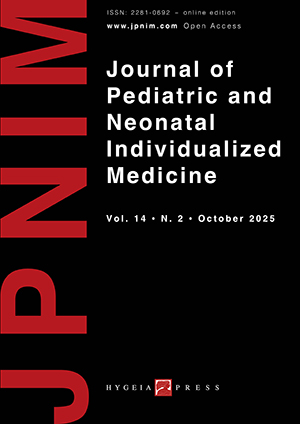Abstract
Cystic fibrosis (CF) is an autosomal recessive disorder caused by mutations in the CF transmembrane conductance regulator (CFTR) gene. The CFTR protein acts as an ion channel, and its deficiency results in an increased density and viscosity of secretion. CF shows high phenotypic variability because of the intervention of genetic and environmental factors. In this context, metabolomics is a useful tool to identify clinical biomarkers. Gas chromatography mass spectrometry (GC-MS) and 1H-nuclear magnetic resonance spectroscopy (1H-NMR) were used to study urine samples of 35 patients affected by CF with different genotypes F508del/F508del, T338I/T338I, and F508del/T338I, respectively. The multivariate statistical analysis allowed the separation of the samples based on the metabolomics profile. A good separation between F508del/F508del vs. T338I/T338I genotypes, and F508del/F508del vs. F508del/T338I genotypes were observed. Moreover, the comparison between the two groups T338I/T338I vs. F508del/T338I did not highlight significant differences. The variables of importance responsible for the separation were sugars, organic acids, amino acids, and polyols. Metabolomic analysis has proven to be a useful tool to discriminate among the different subclasses of CF, mirroring the complexity of the pathological condition. The present study represents a starting point for better understanding physiopathological changes and identifying new clinical biomarkers.
